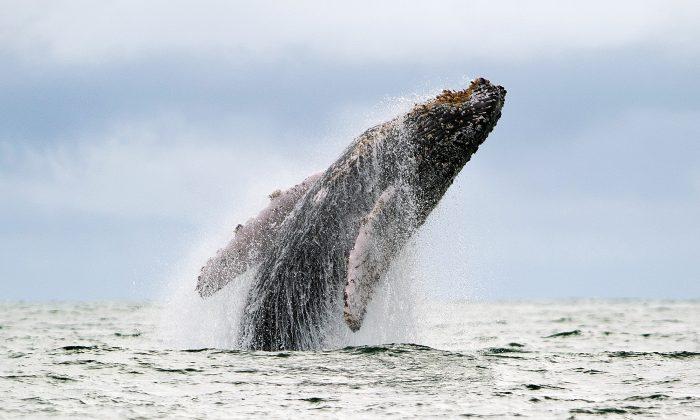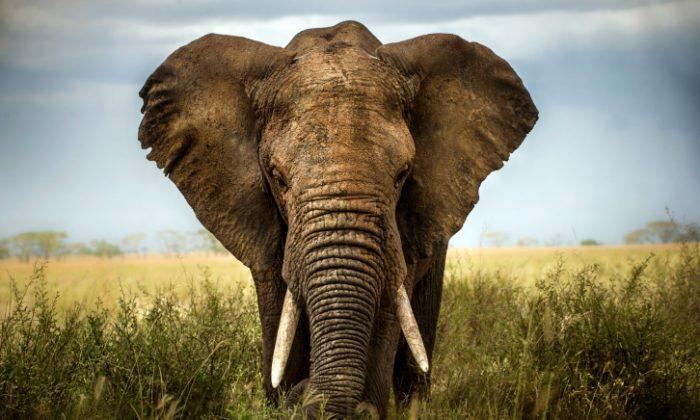The wonder of animal movement, from the tiniest of insects to the largest fish in the sea, has been a subject of mystery for ages. But when it comes to animal propulsion, there are almost infinite kinds, but also limits that can’t be pushed or breakdowns will occur, according to new study.
The researchers have studied the complex ways animal movements have evolved over millions of years and through hundreds of species. They narrowed animal subjects down to 59 species for the study, and concentrated on ways each one is able to propel itself—through air, land, or water.
The key word appears to be “bend.” One common trait they found was each creature being able to “bend” its means of propulsion, but only to a certain point.
“If you take the wing of a bird or a bat, or the fins on a fish or a manta ray, you find that their means of propulsion are flexible,” says Nathan Johnson, a graduate student at Texas A&M University at Galveston. “They can move back or forth or sideways easily, or they bend. But this bending and flexibility will only go so far, and it can’t bend any more.
“For example, the fixed wing on an airplane is not flexible, while nature has had millions of years to figure out the best way to do it better than we can. So we wanted to see if there any patterns to this flexibility.
The ‘Magic Range’
“For most creatures, there is a certain angle that these propulsion devices will reach and won’t exceed. It’s not that they probably can’t exceed these angles, but rather doing so is just not energetically efficient for them.
“There does seem to be a universal range of movement in the species we looked at, from the fruit fly to the humpback whale.”
The team found that a 30- to 60-degree angle seems to be the magic range of how far animal propulsion can bend.
“This appears to be especially true with bird wings, while insect wings typically bend slightly less than other organisms we looked at,” Johnson adds.
Also, the researchers agreed that environmental factors could be a factor in the range of movement. And some species move almost identically to vastly different species; they found that much of the motion made by marine life is almost identical to that of birds—that is, the fin of a fish moves just like the wing of a bird.
Human Movement
“We need to understand a lot of these motion patterns in much more detail,” Johnson says.
“There are some current day tests being done with man-made materials to see if they can duplicate animal motion, such as some being done with jellyfish. The more we learn about animal propulsion and the way it’s been developed over millions of years of evolution, the more it can help us with human engineering and how we can improve our own movement.”
Johnson worked with colleagues from Harvard University, the California Institute of Technology, Indiana University, and the Woods Hole Oceanographic Institute on the project, which the National Science Foundation funded. The findings appear in Nature Communications.
Source: Texas A&M University. Republished from Futurity.org under Creative Commons License 3.0.



